Leonardo signs contract on Austria’s M-346 aircraft order
The first of the 12 M-346 aircraft are expected to be delivered to the Austrian Air Force by 2028, according to the company.
A recent test at White Sands Missile Range saw two US Air Force F-35s integrated with the US Army Integrated Air and Missile Defense Battle Command System (IBCS), to provide an airborne sensor capability to detect, track and intercept near simultaneous air-breathing threats.
The test, carried out in December, marked the first time F-35s have been used as sensors during an IBCS live fire test against multiple airborne targets.
Linking F-35s to IBCS via the Multifunction Advanced Data Link (MADL) provided enhanced situational awareness and weapons-quality track data to engage airborne targets. The proof of concept demonstration used experimental equipment developed by Lockheed Martin, including the Harvest Lightning Ground Station and IBCS adaptation kit.
This test is the latest in a series of successful activities to demonstrate the F-35’s role as the keystone of the joint force.
Greg Ulmer, Lockheed Martin vice president and general manager of the F-35 program, said: ‘The F-35’s advanced sensors and connectivity enable it to gather, analyse and seamlessly share critical information with the joint fighting force to lead the multi-domain battlespace. This test validated the F-35’s capability to serve as an airborne sensor and extend the range of critical Integrated air and missile defence interceptors.’
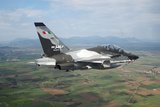
The first of the 12 M-346 aircraft are expected to be delivered to the Austrian Air Force by 2028, according to the company.
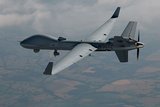
Qatar and Indonesia followed the US’s high spending on new uncrewed aerial vehicle contracts across 2025, while MALE and micro drones and loitering munitions were particularly popular subcategories this year.
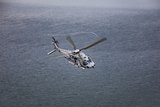
With all 31 aircraft set to be delivered by 2030, the helicopters will gradually replace the ageing Sea Lynx fleet which are due to be retired in 2026.
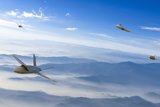
How RTX is equipping the military airspace – for today’s fleet and tomorrow’s fight.

German, French and Spanish leadership set an end-of-year deadline to decide the fate of the Future Combat Air System programme which has struggled with a political stalemate for the latter half of 2025.
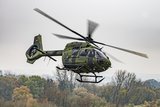
The order for the extra helicopters comes from an agreement penned in December 2023, with the German Army receiving the bulk of the platforms.